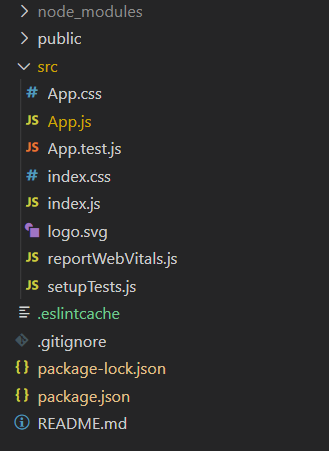ReactJS UI Ant Design Slider Component
Last Updated :
21 May, 2021
Ant Design Library has this component pre-built, and it is very easy to integrate as well. Slider Component to used when the users want to make selections from a range of values. We can use the following approach in ReactJS to use the Ant Design Slider Component.
Slider Methods:
- blur(): This method is used to remove the focus from the element.
- focus(): This method is used to get the focus on the element.
Slider Props:
- autoFocus: It is used to get the focus when the component is mounted.
- defaultValue: It is used as the default value of the slider.
- disabled: It is used to disable the slider.
- dots: It is used to indicate whether the thumb can drag over tick only or not.
- getTooltipPopupContainer: It is used for the DOM container of the Tooltip.
- included: It is used to make an effect when marks not null.
- marks: It is used to define the tick mark of the slider.
- max: It is used to denote the maximum value the slider can slide.
- min: It is used to denote the minimum value the slider can slide.
- range: It is used for the dual thumb mode.
- reverse: It is used to reverse the component.
- step: It is used to indicate the granularity the slider can step through values.
- tipFormatter: It is used for the slider so that it will pass its value to tipFormatter.
- tooltipPlacement: It is used to set Tooltip display position.
- tooltipVisible: It is used to indicate whether to show Tooltip or not.
- value: It is used to denote the value of the slider.
- vertical: It is used to indicate whether to set the slider vertical or not.
- onAfterChange: It is a callback function that is triggered when onmouseup event is fired.
- onChange: It is a callback function that is triggered when the user changes the slider’s value.
Range Props:
- draggableTrack: It is used to indicate whether the range track can be drag or not.
Creating React Application And Installing Module:
-
Step 1: Create a React application using the following command:
npx create-react-app foldername
-
Step 2: After creating your project folder i.e. foldername, move to it using the following command:
cd foldername
-
Step 3: After creating the ReactJS application, Install the required module using the following command:
npm install antd
Project Structure: It will look like the following.

Project Structure
Example: Now write down the following code in the App.js file. Here, App is our default component where we have written our code.
Javascript
import React, { useState } from 'react'
import "antd/dist/antd.css";
import { Slider } from 'antd';
export default function App() {
const [currentValue, setCurrentValue] = useState(0)
return (
<div style={{
display: 'block', width: 700, padding: 30
}}>
<h4>ReactJS Ant-Design Slider Component</h4>
<Slider defaultValue={0} disabled={false} max={100} onChange={(value)=> {
setCurrentValue(value)
}}/>
Slider Value: {currentValue}
</div>
);
}
|
Step to Run Application: Run the application using the following command from the root directory of the project:
npm start
Output: Now open your browser and go to http://localhost:3000/, you will see the following output:

Reference: https://ant.design/components/slider/
Like Article
Suggest improvement
Share your thoughts in the comments
Please Login to comment...